 W
WJacob Aaland was a Norwegian teacher, local historian, and government scholar.
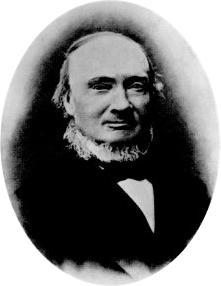 W
WIvar Andreas Aasen was a Norwegian philologist, lexicographer, playwright, and poet. He is best known for having assembled from dialects one of the two official written versions of the Norwegian language, Nynorsk.
 W
WNini Roll Anker was a Norwegian novelist and playwright. Her books often concerned the lives of women within different social classes as well as the women's rights movement and the rights of the working class.
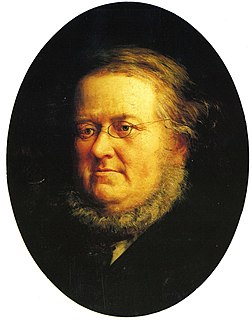 W
WPeter Christen Asbjørnsen was a Norwegian writer and scholar. He and Jørgen Engebretsen Moe were collectors of Norwegian folklore. They were so closely united in their lives' work that their folk tale collections are commonly mentioned only as "Asbjørnsen and Moe".
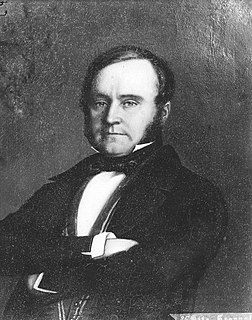 W
WHerman Bagger was a Norwegian newspaper editor and politician.
 W
WCathrinus Dorotheus Olivius Bang was a Norwegian literary historian and professor of Scandinavian literature at the University of Christiania.
 W
WHagbard Emanuel Berner was a Norwegian jurist, Liberal Party politician and newspaper editor. He initiated a series of long-lived enterprises, including the publishing house Det Norske Samlaget, the newspaper Dagbladet and the Norwegian Association for Women's Rights. Berner served as a liberal Member of Parliament, as Auditor General of Norway and as Burgomaster of Christiania.
 W
WMichael Birkeland was a Norwegian historian, civil servant and politician.
 W
WPaul Botten-Hansen was a Norwegian librarian, book collector, magazine editor and literary critic.
 W
WFrederik Moltke Bugge was a Norwegian philologist and educator.
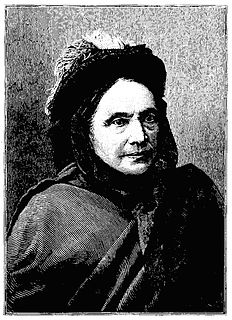 W
WMarie Colban was a Norwegian novelist, short story writer and translator.
 W
WJacobine Camilla Collett was a Norwegian writer, often referred to as the first Norwegian feminist. She was also the younger sister of Norwegian poet Henrik Wergeland, and is recognized as being one of the first contributors to realism in Norwegian literature. Her younger brother was Major General Joseph Frantz Oscar Wergeland.
 W
WLudvig Kristensen Daa was a Norwegian historian, ethnologist, auditor, editor of magazines and newspapers, educator and politician.
 W
WEdvard Gabriel Finne was a Norwegian writer.
 W
WCarl Andreas Fougstad was a Norwegian attorney, journalist, author and elected official. He served as mayor of Oslo.
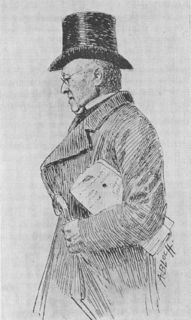 W
WChristian Frederik Gotfried Friele was a Norwegian newspaper editor. Born in Bergen to a prosperous family, he received a deficient education, but managed nevertheless to find his way into the conservative Morgenbladet newspaper. As its editor-in-chief, he became known for his wit and sharp-tongued remarks; he ruthlessly derided key contemporary political figures as "clerical lutefisk" and "royal stable jacks". In the 1884 impeachment case against Prime Minister Christian August Selmer, Friele sided with Selmer, and retreated from his position as editor of Morgenbladet following the court's verdict. Firmly believing that orders of merit would compromise his integrity as editor, he twice declined the offer of being rewarded the Order of St. Olav.
 W
WJens Andreas Friis was a Norwegian philologist, lexicographer and author. He was a university professor and a prominent linguist in the languages spoken by the Sami people. He is widely recognized as the founder of the studies of the Sami languages. Today he is also commonly associated with his novel Lajla: A New Tale of Finmark, which became the basis for Laila, a 1929 silent film.
 W
WHans Aimar Mow Grønvold was a Norwegian civil servant and music writer.
 W
WLars Hætta was a Norwegian Sami reindeer herder, prisoner, wood carver and Bible translator. Following the Sami revolt in Guovdageaidnu in 1852 he received a death sentence, which was commuted to life imprisonment.
 W
WHans Nielsen Hauge was a 19th-century Norwegian Lutheran lay minister, spiritual leader, business entrepreneur, social reformer and author. He led a noted Pietism revival known as the Haugean movement. Hauge is also considered to have been influential in the early industrialization of Norway.
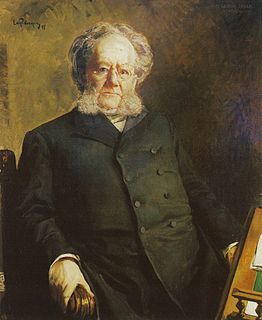 W
WHenrik Johan Ibsen was a Norwegian playwright and theatre director. As one of the founders of modernism in theatre, Ibsen is often referred to as "the father of realism" and one of the most influential playwrights of his time. His major works include Brand, Peer Gynt, An Enemy of the People, Emperor and Galilean, A Doll's House, Hedda Gabler, Ghosts, The Wild Duck, When We Dead Awaken, Rosmersholm, and The Master Builder. He is the most frequently performed dramatist in the world after Shakespeare, and A Doll's House was the world's most performed play in 2006.
 W
WPeter Marcus Gjøe Rosenkrantz Johnsen was a Norwegian journalist and author.
 W
WJens Matthias Pram Kaurin was a Norwegian professor of theology, biblical translator, and Lutheran priest. He served as the Bishop of the Diocese of Bjørgvin from 1858 until 1861.
 W
WRudolf Keyser was a Norwegian historian, archaeologist and educator.
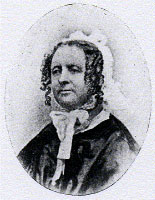 W
WSusanne Sophie Catharina Gustava Kielland was a Norwegian author and missionary pioneer.
 W
WChristiane Koren was a Danish-Norwegian writer. She wrote both poems and plays, but today she is primarily known for her diaries, which are regarded to be important historical documents of contemporary Norway.
 W
WChristian Krohg was a Norwegian naturalist painter, illustrator, author and journalist. Krohg was inspired by the realism art movement and often chose motives from everyday life. He was the director and served as the first professor at the Norwegian Academy of Arts from 1909 to 1925.
 W
WChristian Lassen was a Norwegian-born orientalist and professor of Old Indian language and literature at the University of Bonn.
 W
WHartvig Marcus Lassen was a Norwegian editor, educator and literary historian.
 W
WDitmar Meidell is a Norwegian magazine and newspaper editor.
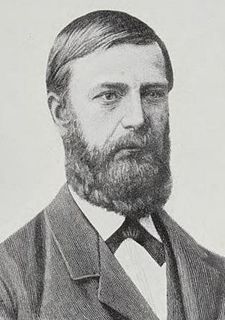 W
WEmanuel Meyer Mohn was a Norwegian educator, mountain climber and illustrator. He was known for writing about and illustrating mountains in Norway.
 W
WPeter Andreas Munch, usually known as P. A. Munch, was a Norwegian historian, known for his work on the medieval history of Norway. Munch's scholarship included Norwegian archaeology, geography, ethnography, linguistics, and jurisprudence. He was also noted for his Norse legendary saga translations.
 W
WLars Svendsen Oftedal was a Norwegian priest, social reformer, politician, and newspaper editor. He was the founding editor of Stavanger Aftenblad and served as a member of the Storting.
 W
WClaus Pavels was a Norwegian priest and diarist. His diaries from 1812 to 1822 are an important source for cultural and biographical history. He was the Bishop of the Diocese of Bjørgvin from 1817 until 1822.
 W
WCarl Nicolai Stoud Platou was a Norwegian civil servant and politician.
 W
WAlvilde Prydz was a Norwegian novelist.
 W
WHalvor Heyerdahl Rasch was a Norwegian zoologist and educator.
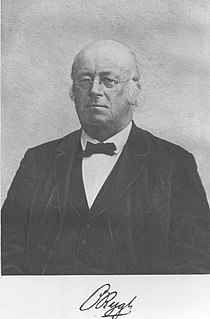 W
WOluf Rygh was a noted Norwegian archaeologist, philologist and historian. Oluf Rygh is recognized as one of the founders of professional archaeology in Norway. He led the 1867 excavation of the Tune ship (Tuneskipet)
 W
WGerhard August Schneider was a Norwegian artist and collector of folk tales.
 W
WAnton Martin Schweigaard was a Norwegian educator, jurist, economist and member of the Norwegian Parliament.
 W
WAmalie Skram was a Norwegian author and feminist who gave voice to a woman's point of view with her naturalist writing. In Norway, she is frequently considered the most important female writer of the Modern Breakthrough. Her more notable works include a tetralogy, Hellemyrsfolket (1887–98) which portray relations within a family over four generations.
 W
WAdolf Bredo Stabell was a Norwegian newspaper editor, banker and politician.
 W
WEilert Lund Sundt was a Norwegian theologist and sociologist, known for his work on mortality, marriage and other subjects among the working class.
 W
WHans Tambs Lyche was a Norwegian engineer, unitarian minister, journalist and magazine editor.
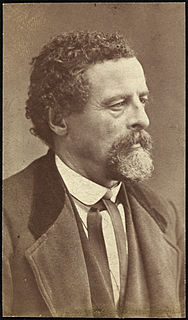 W
WMarcus Møller Thrane was a Norwegian author, journalist, and the leader of the first labour movement in Norway. It was later known as the Thrane movement (Thranebevegelsen).
 W
WNils Christian Tønsberg was a Norwegian publisher and author. Christian Tønsberg became one of the larger Norwegian publishers and was best known for illustrated books about Norway.
 W
WCarl Richard Unger was a Norwegian historian and philologist. Unger was professor of Germanic and Romance philology at the University of Christiania from 1862 and was a prolific editor of Old Norse texts.
 W
WFrederik Ludvig Vibe was a Norwegian classical philologist and educator. He was Professor of Greek language at the Royal Frederick University from 1838.
 W
WVolrath Vogt was a Danish-born, Norwegian theologian, educator and author. Today he is most known for his biblical stories for schoolchildren.
 W
WJohan Sebastian Cammermeyer Welhaven was a Norwegian author, poet, critic and art theorist. He has been considered "one of the greatest figures in Norwegian literature."
 W
WElise Wærenskjold was a Norwegian-American writer, temperance leader and early pioneer in Texas.
 W
WHarald Nicolai Storm Wergeland was a Norwegian military officer, politician and mountaineer. Having reached the rank of Major General by 1859, he served as Minister of the Army for several periods between 1857 and 1868. He later became Lieutenant General. He had several notable family members.
 W
WMinna Wetlesen was a pioneer Norwegian educator, teacher and author.
 W
WHanna Olava Winsnes was a Norwegian poet, novelist and cookbook writer.
 W
WDikken Zwilgmeyer was a Norwegian fiction writer. She is most noted for her children's literature and for her "Inger Johanne" series of books.